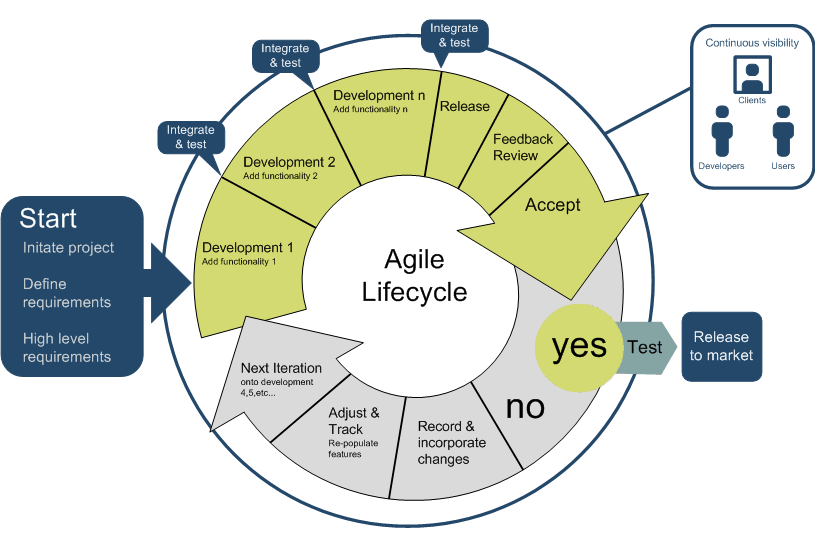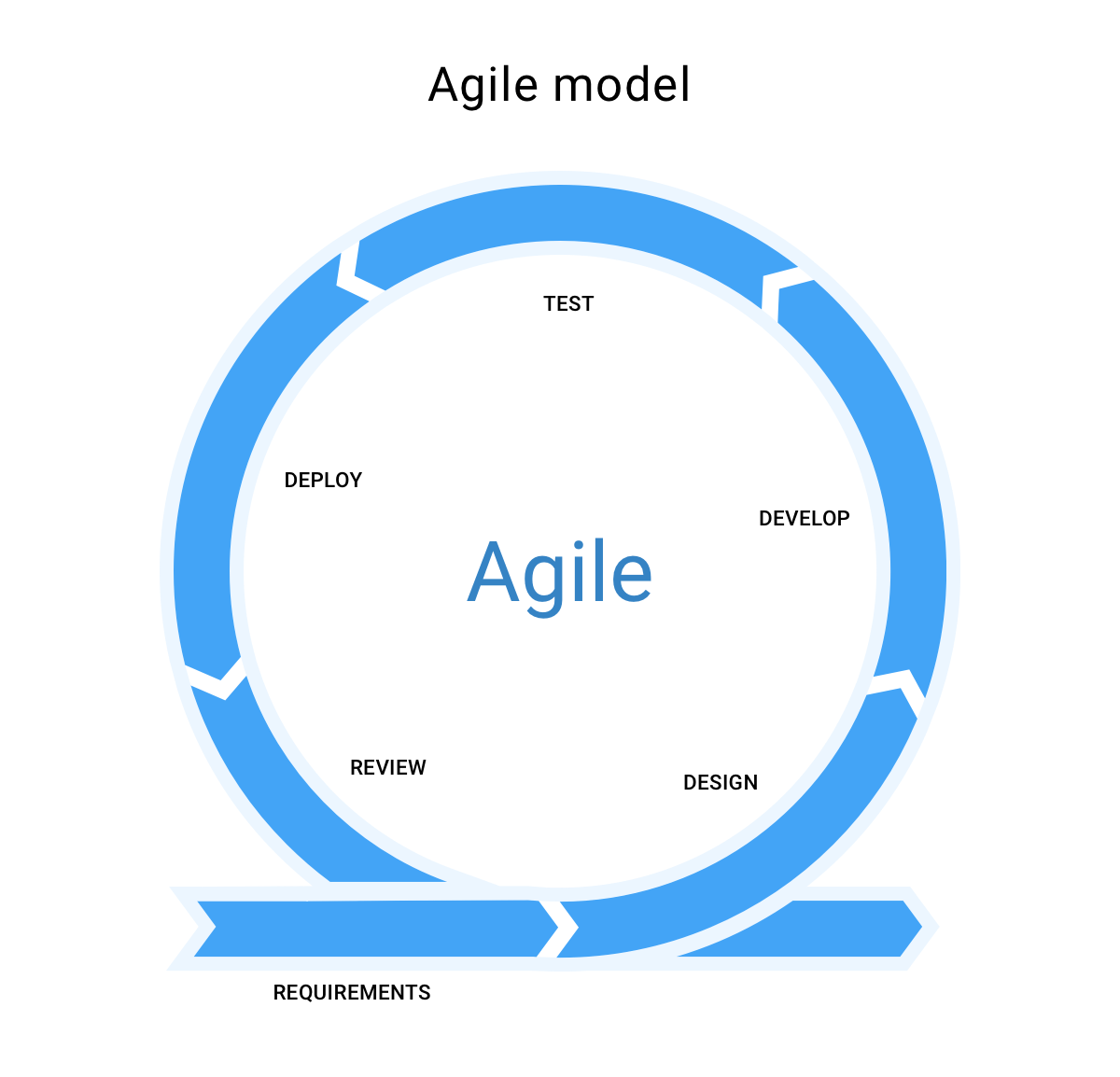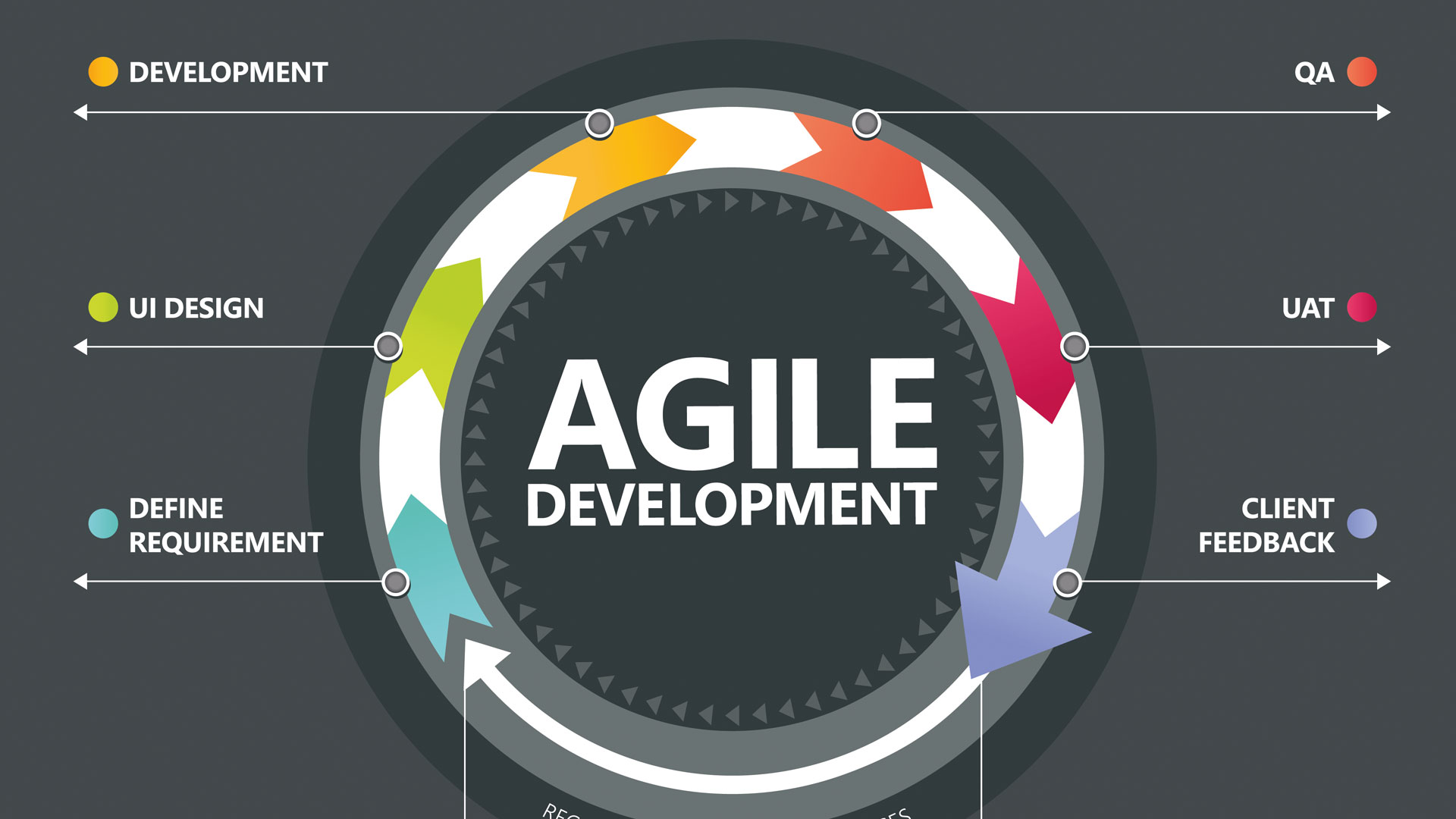Software agility has become an indispensable aspect of modern software development, empowering teams to respond swiftly to changing market demands and technological advancements. By embracing agile methodologies and practices, organizations can unlock a world of benefits, fostering collaboration, innovation, and continuous improvement.
In this comprehensive guide, we will delve into the fundamentals of software agility, exploring its key concepts, practices, tools, and techniques. We will also discuss common challenges and best practices, providing valuable insights to help your team harness the full potential of agile development.
Key Concepts of Software Agility
Software agility refers to a set of principles and practices that aim to improve the speed, flexibility, and adaptability of software development processes. It emphasizes collaboration, customer involvement, and continuous improvement to deliver value-driven software solutions.
Agile Principles, Software agility
- Customer satisfaction through early and continuous delivery of valuable software.
- Accommodating changing requirements, even late in the development process.
- Frequent delivery of working software in short iterations (sprints).
- Collaboration between developers, testers, and customers throughout the project.
- Focus on simplicity, self-organization, and continuous improvement.
Agile Methodologies
There are various agile methodologies, each with its unique set of practices and tools. Some popular methodologies include:
- Scrum:A framework that involves iterative sprints, daily stand-up meetings, and regular retrospectives.
- Kanban:A visual system that uses boards and cards to track work progress and limit work in progress.
- Extreme Programming (XP):A set of agile practices that emphasize customer involvement, pair programming, and continuous testing.
Benefits of Agile Approach
- Increased speed and flexibility:Agile teams can respond quickly to changing requirements and deliver working software frequently.
- Improved customer satisfaction:Agile processes involve continuous customer feedback, ensuring that the delivered software meets their needs.
- Reduced risks:By delivering software in small increments, agile teams can identify and mitigate risks early on.
- Enhanced team collaboration:Agile practices foster collaboration and communication among team members, leading to improved productivity.
- Continuous improvement:Agile teams regularly reflect on their processes and identify areas for improvement, leading to a culture of continuous learning.
Agile Development Practices

Agile development is an iterative and incremental approach to software development that emphasizes flexibility, collaboration, and continuous improvement.
The iterative and incremental approach in agile development involves breaking down large projects into smaller, more manageable chunks, called sprints. Each sprint is a short, time-boxed period (typically two to four weeks) during which a team works to complete a specific set of features or functionality.
Sprints and Their Significance
Sprints are the heartbeat of agile development. They provide a regular cadence for planning, development, and testing, and help to ensure that the team is making progress towards the overall project goals.
At the beginning of each sprint, the team plans what they will work on and commits to delivering a potentially shippable product increment by the end of the sprint. During the sprint, the team works in short cycles, called iterations, to develop and test the features or functionality that they have committed to.
Role of User Feedback and Continuous Testing
User feedback and continuous testing are essential to agile development. User feedback helps the team to understand what users want and need from the software, and continuous testing helps to ensure that the software is meeting the user’s requirements and is free of defects.
Agile teams typically use a variety of techniques to gather user feedback, such as user interviews, focus groups, and usability testing. Continuous testing is typically automated and is performed throughout the development process, from unit testing to integration testing to system testing.
Tools and Techniques for Agile Teams

Agile teams use a variety of tools and techniques to support their work. These tools and techniques help agile teams to collaborate effectively, track their progress, and deliver high-quality software.
Agile Project Management Tools
There are a number of popular agile project management tools available, such as Jira, Asana, and Trello. These tools help agile teams to plan their sprints, track their progress, and collaborate with each other. They also provide features such as issue tracking, time tracking, and reporting.
Automated Testing Frameworks
Automated testing frameworks are an essential tool for agile teams. These frameworks allow agile teams to automate their tests, which saves time and helps to ensure that their software is of high quality. There are a number of popular automated testing frameworks available, such as Selenium, JUnit, and NUnit.
Continuous Integration and Continuous Delivery (CI/CD)
Continuous integration (CI) and continuous delivery (CD) are two important practices that support agility. CI involves automating the process of building and testing software, while CD involves automating the process of deploying software to production. CI/CD helps agile teams to deliver software faster and with fewer errors.
Challenges and Best Practices in Software Agility

Implementing agile practices can bring numerous benefits, but it’s not without its challenges. Common obstacles faced by agile teams include resistance to change, lack of management support, poor communication, and inadequate training.
Overcoming these challenges requires a combination of best practices. Fostering a culture of continuous learning, providing comprehensive training, and ensuring strong leadership can help teams adapt to agile methodologies. Additionally, establishing clear communication channels, promoting collaboration, and embracing a mindset of continuous improvement can enhance agility adoption.
Success Stories and Case Studies
- Spotify:The music streaming giant successfully implemented agile practices, leading to improved product quality and faster time-to-market.
- Netflix:The streaming service embraced agile methodologies, resulting in increased innovation and adaptability to changing market demands.
- Amazon:The e-commerce behemoth’s adoption of agile principles enabled rapid experimentation and customer-centric product development.
The Future of Software Agility

Software agility is constantly evolving, with new trends and innovations emerging all the time. As we look to the future, we can expect to see even more widespread adoption of agile methodologies, as well as the continued development of new tools and techniques to support agile teams.
The Impact of Artificial Intelligence (AI) on Agile Development
One of the most significant trends in software agility is the increasing use of AI. AI can be used to automate many of the tasks that are currently performed manually by agile teams, such as testing, code review, and project management.
This can free up agile teams to focus on more creative and strategic work, and it can also help to improve the quality and efficiency of software development.
The Future of Agile Methodologies
Agile methodologies are constantly evolving, and we can expect to see even more innovation in this area in the years to come. One of the most promising trends is the development of new methodologies that are tailored to specific industries or domains.
For example, there are now agile methodologies that are specifically designed for healthcare, manufacturing, and finance.
Another trend is the development of new agile methodologies that are more flexible and adaptable. These methodologies can be customized to meet the specific needs of each project, and they can be easily scaled up or down as needed.
The Applications of Agile Methodologies
Agile methodologies are being used in a wider range of applications than ever before. In addition to software development, agile methodologies are now being used in project management, marketing, and even human resources.
Ending Remarks

As we navigate the ever-evolving landscape of software development, software agility remains a beacon of innovation and efficiency. By embracing its principles and practices, organizations can empower their teams to deliver high-quality software solutions with unprecedented speed and agility. The future of software development lies in embracing the power of agility, and this guide has equipped you with the knowledge and insights to unlock its full potential.
Key Questions Answered
What is the core principle of software agility?
Software agility is founded on the principle of iterative and incremental development, enabling teams to respond quickly to changing requirements and deliver value continuously.
How can agile methodologies benefit software development teams?
Agile methodologies enhance collaboration, increase productivity, improve software quality, and foster a culture of continuous learning and improvement.
What are some common challenges faced by agile teams?
Common challenges include managing stakeholder expectations, ensuring team alignment, and overcoming resistance to change.
How can organizations successfully implement agile practices?
Successful agile adoption requires strong leadership, a supportive organizational culture, and ongoing training and coaching for team members.
